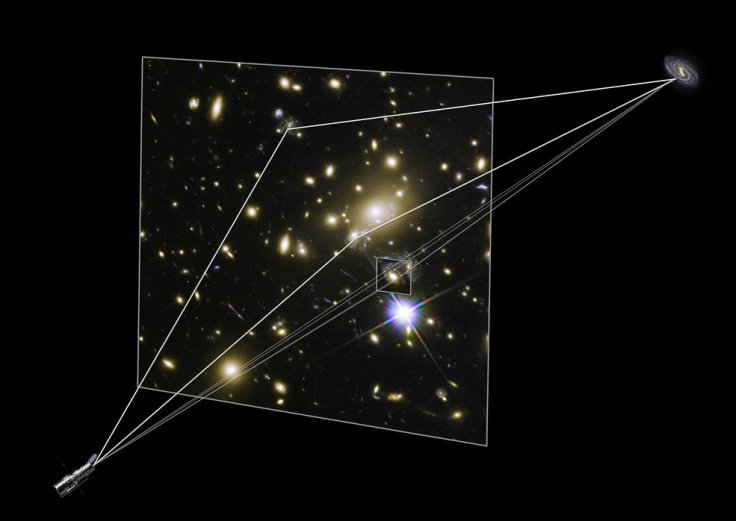A new study explained how scientists were able to come up with a way that could possibly help detect dark matter. As explained by the scientists, tracking gamma rays can help uncover this mysterious cosmic substance.
According to scientists, dark matter is an invisible substance in space that is believed to make up over 80 percent of the universe's mass. As for gamma rays, these are high-energy light bursts produced by powerful objects in space such as black holes and supernovae.

Tracking Gamma Rays In Space
Gamma rays are technically invisible to the human eye. But, through special telescopes, astronomers are able to spot them and trace them back to their point of origin. Although most gamma rays originate from known cosmic events, astronomers have come across faint emissions from unidentified sources.
In a new study submitted for publication to the Physical Review Letters, a group of scientists investigated the unknown origins of these faint gamma rays. After comparing them with maps of gamma rays with known origins, or those that come from supernova and stellar collision events, the scientists discovered that the anomalous gamma rays came from parts of the universe that are known to be rich in dark matter.

Hunting For Dark Matter
As explained by the scientists, dark matter is known to self-destruct. This can either happen by natural decaying or by colliding with other dark matter particles. In these scenarios, the destruction of dark matter can produce gamma rays.
"Dark matter could decay like a radioactive nucleus, producing gamma rays as it does," astrophysicist Daniel Gruen, the co-author of the study, told Live Science. "Or perhaps multiple dark matter particles are colliding, producing gamma-rays as they interact."
By tracking the origins of the unknown and faint gamma rays, the scientists are hoping to discover dark matter or at least traces of it. If all goes well for the team, the scientists will be able to provide an effective method for tracking dark matter. The results of their study will also allow other scientists to learn more about the properties of dark matter particles and how they interact with their surroundings.









